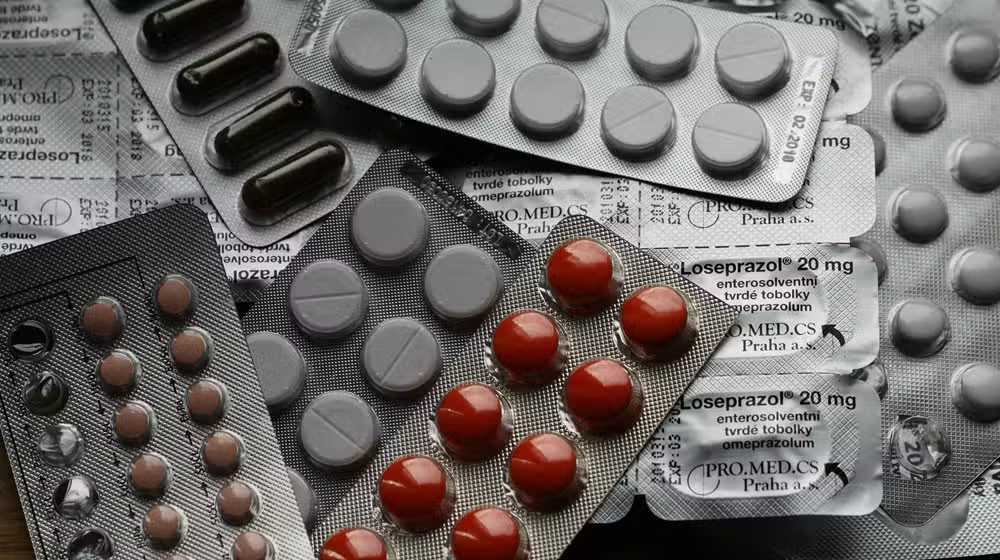Pakistan Pharma Sector Delivers Record-Breaking $457 Million in Exports for FY25

Pakistan Pharma Sector
Pakistan’s pharma sector has achieved a historic milestone, recording $457 million in exports during the fiscal year 2024–25 (FY25)—a 34% year-on-year increase, making it the highest-ever export figure in the country’s pharmaceutical history.1
This substantial growth underscores the sector’s resilience and its growing contribution to Pakistan’s economy and global health supply chain.
Highest-Ever Growth in Export History
According to data released by Topline Securities, exports by Pakistani pharmaceutical companies have risen consistently over the past few years:
-
FY22: $269 million
-
FY23: $328 million
-
FY24: $341 million
-
FY25: $457 million (34% growth YoY)
This four-year upward trajectory reflects both market demand and improvements in production, compliance, and international marketing strategies.
Key Factors Driving the Surge
Topline Securities attributes the FY25 export surge to the deregulation of non-essential drug pricing, which has enabled pharmaceutical firms to:
-
Improve profit margins
-
Invest in R&D and innovation
-
Enter new international markets
-
Increase production capacity
These deregulations gave companies the financial flexibility to launch new therapeutic categories and tailor products for different export destinations.
Global Market Expansion
Pakistan’s pharma exports have found new footing in emerging and underserved markets, especially in:
-
Africa: Nigeria, Kenya, Sudan
-
Middle East: UAE, Saudi Arabia, Iraq
-
Asia: Afghanistan, the Philippines, Vietnam
The demand for affordable generics, OTC medicines, and life-saving drugs has made Pakistan an increasingly attractive partner for developing countries.
Reforms & Regulatory Enhancements
The export growth is also backed by significant policy reforms led by the Drug Regulatory Authority of Pakistan (DRAP) and support from the Ministry of Commerce:
-
Faster export licensing
-
Incentives for GMP-certified manufacturers
-
Regulatory support for WHO and EMA certifications
-
Streamlined procedures for raw material imports
These reforms have lowered entry barriers and enhanced Pakistan’s ability to compete globally.
Investments in Biotech and R&D
With export margins improving, local pharmaceutical companies have started investing heavily in biotechnology, biosimilars, and clinical research. Many companies in Karachi, Lahore, and Islamabad have established in-house labs for:
-
Oncology drugs
-
Insulin and diabetes care
-
High-end antibiotics and vaccines
This is helping diversify Pakistan’s pharma portfolio beyond generics and increasing its credibility on the global stage.
Economic Impact and Employment
The record exports have had a positive impact on foreign reserves, especially at a time when traditional sectors like textiles are facing global challenges. Moreover, it has created thousands of jobs across:
-
Manufacturing
-
Research & development
-
Quality assurance
-
Export logistics and supply chain
What’s Next? Export Growth Outlook
The future looks promising. Analysts from Topline Securities expect Pakistan’s pharmaceutical exports to grow further in FY26, citing continued reforms and high demand in international markets.
The sector’s long-term goal remains $1 billion in annual exports by FY2028, achievable through:
Expansion into Latin American and European markets
Local production of Active Pharmaceutical Ingredients (APIs)
Strengthening pharmaceutical logistics infrastructure
Public-private partnerships in biotech research
Challenges Still Exist
Despite the good news, several challenges must still be addressed:
-
Regulatory delays in drug registration
-
High dependency on imported APIs
-
Limited skilled human capital in biotech
-
High energy costs impacting manufacturing
Industry leaders have urged the government to address these issues to sustain the momentum.
Conclusion: A Defining Moment for Pakistan’s Pharma Sector
The $457 million export milestone is a defining moment in the history of Pakistan’s pharma sector. It not only demonstrates the industry’s global competitiveness but also signals a broader economic shift towards knowledge-based, high-value exports.
With focused policy support, increased innovation, and market expansion, Pakistan is well-positioned to emerge as a regional pharmaceutical leader in the years ahead



